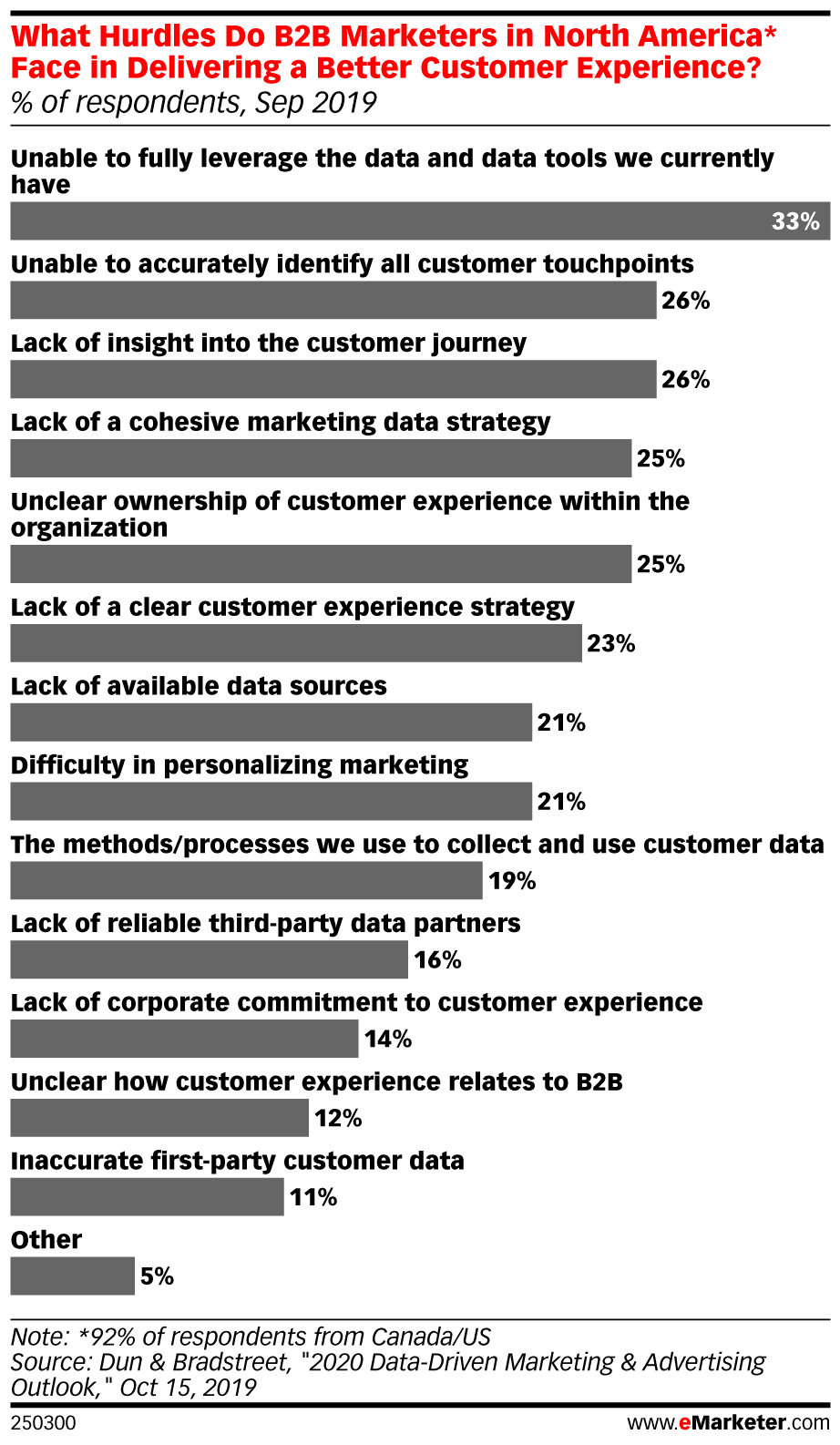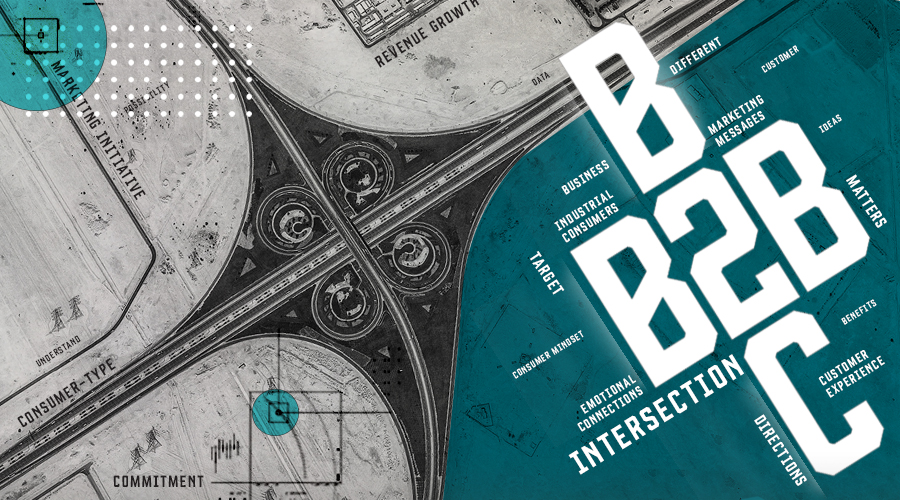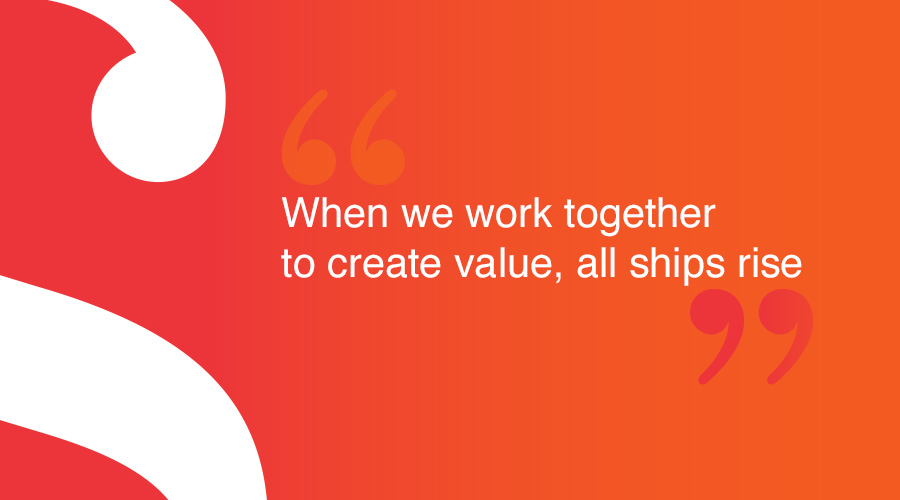First off, we’re still at 321 SW Water Street just in case you’re kind of a literal type. Our street address is (and always has been) home to both B2B and B2C marketing. But it’s important that I make a distinction here. B2B and B2C are not mutually exclusive. At least at Simantel they’re not.
Let me use some old school advertising as an analogy. Years ago, there was this old Reese’s Peanut Butter Cups television spot where two people physically ran into each other on the street. One person had a chocolate bar in their hand, and the other one had peanut butter. (For the life of me, I cannot figure out why anyone would be walking around town with headphones on eating peanut butter out of a jar.) Anyway, they crash into one another coming around a corner and you hear, “Hey, you put chocolate in my peanut butter.” The other replies, “You put your peanut butter on my chocolate.” Intrigued, they each take a bite of this new combination of flavors, and for the first time ever the two of them experience what is arguably the nirvana of candy. Wait, it’s just too good not to show:
If you watched the video, you saw there was a store owner that witnessed what happened and showed them what they discovered was really nothing new because he had Reese’s Peanut Butter Cups in his hand. What’s the analogy? Well, chocolate is B2C, peanut butter is B2B, and Simantel is the store owner.
Related: Disruptive Marketing: The Hook vs. The Strategy.
Since day one of the agency, we’ve worked with B2C brands, helping create emotional connections between them and their customers. Whether it was healthcare, insurance, higher education or non-profit fundraising, human emotion drove results for our B2C clients. Over and over again.
But you see, the majority of our client base was B2B. And back then, B2B was known for its straight-forward-feature-benefit-get-to-the-point approach. Our take on that was that emotion and connection still matter because B2B brands are ultimately appealing to people. In B2B marketing, there’s risk of the human element getting lost at points along the winding buyer’s journey. Distribution networks can make companies feel as though they are at arm’s length from the ultimate buyer of their products or services. Or even worse, they forget altogether that there are real human beings inside the walls of that “business” they are targeting with their marketing messages. And those real human beings are having amazing consumer experiences in their lives outside of work and are not lowering their expectations of the brands they interact with during their workday.
It’s About Business to People
B2B brands need to think of their customers as “industrial consumers.” Treat them as people who expect “consumer-type” experiences that are convenient, personalized, always on 24-7 and ready for them to engage across any channel they choose. Industrial consumers expect amazing customer experiences throughout their buyer’s journey. They expect you to know who they are once they have interacted with your brand and to anticipate what they need based on their behavior. Ultimately, be relevant to them and their needs, and you will build trust and earn their loyalty.
 Committing to the Experience
Committing to the Experience
Companies who invest in a comprehensive customer experience (CX) strategy no doubt will have a leg up. But investment does not mean throwing money at the problem, nor does it mean it’s a one-and-done “marketing initiative” with a start and end date. Customers’ needs are ever-changing, and technology drives their preferences in different directions quickly. CX is a commitment to continually organize your business around a moving target, but doing so in a proactive fashion. Data is what drives this proactive approach and will help ensure relevance and continued revenue growth.
Related: Webinar: Understanding Customer Experience
Yes, CX is a marketing buzzword right now. Yes, B2B brands are scrambling to understand it. No, you shouldn’t dip your toe. CX is a commitment beyond marketing. It’s a deep dive into truly understanding who your customers are, what they expect and desire, when they want to engage with you and how your organization should be structured to be as relevant as possible to them when it matters most.
CX is that intersection point of B2C and B2B. It’s the sweet spot, Reese’s-style, Simantel uncovered and unofficially claimed over 30 years ago. We grew up leveraging our consumer mindset for the benefit of our B2B clients. It wasn’t always easy. Sometimes we had to defend ideas that were “different” or not what the client was “used to doing.” But voice of customer was always ringing in our ears, and today we have the data and technology to enable precision relevance in the work.
Buzzword aside, creating amazing customer experiences has to be a priority for B2B companies to endure and thrive. Unfortunately, not all companies will make it a priority. Be the one that does. Be the one that doubles down. Be the one that outpaces the others. Be at that intersection of B2C and B2B because that’s where your customers are. And that’s where Simantel is, too — we would love to run into you there.
Related: 4 CX Trends to Know About





